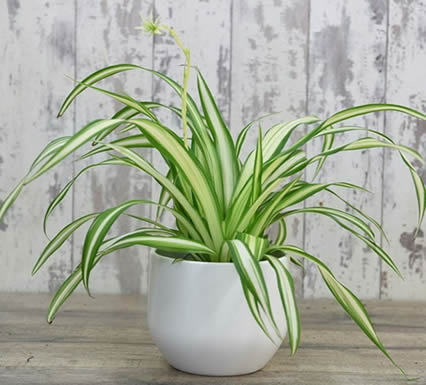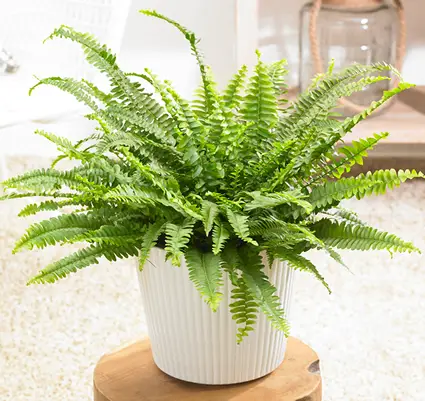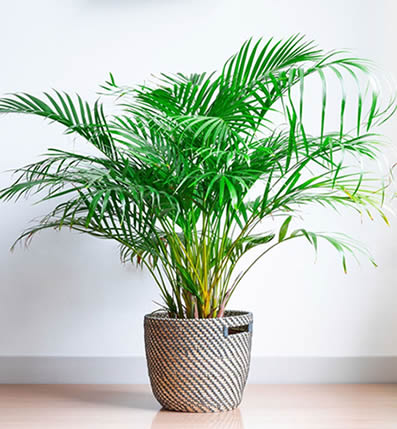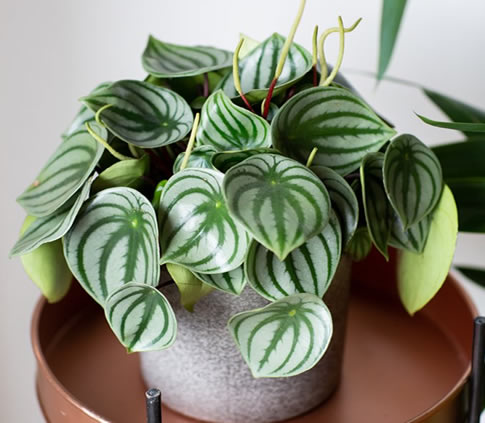Pet Safe Indoor Plants That Look Amazing Too

Sharing your home with pets doesn’t mean you have to give up plants — it just means choosing the right ones. These pet-safe indoor plants are completely non-toxic to cats and dogs and still offer serious design impact, air-purifying qualities, and low-effort care.
Perfect for living rooms, kitchens, bedrooms, and bathrooms — without the worry.
Table of Contents
Why Pet-Safe Plants Matter
Many popular houseplants, like Pothos, Snake Plant, or Monstera, are toxic to pets and can cause vomiting, lethargy, or worse.
But plenty of stylish alternatives exist — and these options allow you to green your space while keeping your furry companions safe.
✅🐾 These plants are:
-
100% non-toxic to cats and dogs
-
Beautiful and easy to decorate with
-
Beginner-friendly and low-maintenance
-
Perfect for hanging baskets, shelves, or styled corners
1. Spider Plant (Chlorophytum comosum)
A fast-growing, air-purifying classic with ribbon-like leaves that arch gracefully.
Fun fact: cats are often attracted to them — but thankfully, they’re safe.

Spider Plant Care Overview
| Care Element | Details |
|---|---|
| Light | Bright, indirect preferred |
| Water | Weekly; allow slight dry-out |
| Humidity | Moderate; mist occasionally |
| Soil | Well-draining potting mix |
-
Very adaptable and easy to propagate
-
Great for hanging planters or elevated pots
-
Safe even if your cat takes a bite
→ Spider Plant Care: How to Grow a Happy, Trailing Houseplant
2. Calathea (Calathea spp.)
Known for its colorful, patterned leaves and movement (they fold up at night!), Calatheas are non-toxic and thrive in medium to high humidity.

Calathea Care Overview
| Care Element | Details |
|---|---|
| Light | Medium to bright, indirect light |
| Water | Keep soil moist but not soggy |
| Humidity | High; loves a bathroom setting |
| Soil | Rich, moisture-retaining mix |
-
Best in bathrooms or grouped with other humidity lovers
-
Place away from drafts
-
Pet-safe and visually stunning
→ Calathea Care: How To Keep Your Prayer Plant Thriving Indoors
3. Boston Fern (Nephrolepis exaltata)
With its soft, flowing fronds and ability to thrive in humid air, Boston Ferns bring a touch of the wild into your home — without risk to pets.

Boston Fern Care Overview
| Care Element | Details |
|---|---|
| Light | Filtered, bright indirect |
| Water | Keep soil evenly moist |
| Humidity | High; mist frequently |
| Soil | Light, loamy mix |
-
Ideal for pedestal pots or hanging baskets
-
Loves steam and moisture — great in bathrooms or kitchens
-
Fully non-toxic and safe for nibblers
→ Boston Fern Care: How to Keep This Classic Houseplant Lush and Thriving
4. Areca Palm (Dypsis lutescens)
A tropical indoor palm that’s pet-safe and adds dramatic height to any room.
Areca Palms purify the air and create instant serenity.

Areca Palm Care Overview
| Care Element | Details |
|---|---|
| Light | Bright, indirect sunlight |
| Water | Water when top inch is dry |
| Humidity | Moderate to high |
| Soil | Well-draining with organic content |
-
Great for corners and empty wall spaces
-
Non-toxic to both cats and dogs
-
Adds gentle movement to the air
→ Areca Palm Care: Growing a Lush, Tropical Statement Plant
5. Peperomia (Peperomia spp.)
Compact and full of character, Peperomia varieties are perfect for desks, side tables, or small shelves.
There’s a type for every style — all pet-safe.

Peperomia Care Overview
| Care Element | Details |
|---|---|
| Light | Medium to bright, indirect |
| Water | Allow top inch to dry between waterings |
| Humidity | Moderate; tolerates dryness well |
| Soil | Well-draining; use succulent mix |
-
Great for small-space living
-
Easy to care for and slow-growing
-
Beautiful textures, shapes, and colors
→ Peperomia Plant Care. Beginner Guide & Expert Tips
⚠️🐾 Pet Safety Note
Even pet-safe plants should be placed responsibly. Curious pets can still knock over pots or get mild digestive upset from over-nibbling. Use plant stands, floating shelves, or hanging planters to create safe, stylish boundaries.
Avoid using leaf polish or synthetic fertilizers unless clearly labeled as non-toxic.
✅🐾 All plants listed here are non-toxic to cats and dogs.
Styling Tips for Pet-Friendly Greenery
-
Hang Spider Plants and Boston Ferns in Macramé Planters
-
Group Calatheas, Peperomias, and Areca Palms in decorative floor or ceramic planters
-
Elevate delicate plants using Mid-Century Stands or Floating Shelves
-
Match plant tones to your interiors — Calathea for bold accents, Peperomia for color pops, Areca for calm height
-
Use a Moisture Meter to prevent stress from over- or under-watering
Favorite Product Picks
-
Moisture Meter – For accurate, pet-safe watering
-
Hanging Planter with Drainage – Keeps greenery out of reach
-
Pet-Safe Indoor Potting Mix – No additives, synthetic fertilizers, or mosses
-
Minimalist Ceramic Pot Set – Works with any decor
-
Wall-Mounted Planter Shelf -Functional art that keeps your plants safe and stylish
Further Reading
→ House Plant Hacks Every Indoor Gardener Should Know
→ Non-Toxic Bathroom Plants That Look Great Too
→ 31 Plants That Cause Allergies In Cats, Dogs & Other Pets
Thanks for reading! I'm Michael — houseplant fanatic and your Pinterest plant guide.
Follow me on Pinterest for fresh updates 🌿



